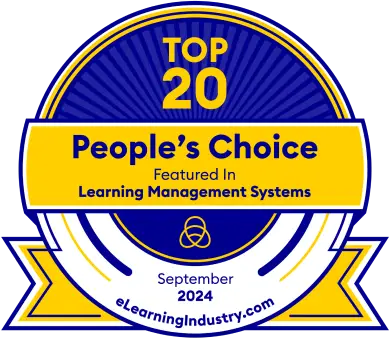Course Library
Equality & Diversity courses
Customer Service courses
Human Resources courses
Food Safety courses
Wellness courses
Health & Safety courses
Hospitality courses
Get started today!
Simply start a free trial now to get started, or book a demo with Expert LMS.
Solutions
Use cases
Onboarding and Induction
Compliance Training Software
Employee Training Software
Communication
Upskilling
Remote Training
White Label LMS for Resellers
Industries
Hospitality LMS
Software LMS
Sales LMS
Manufacturing LMS
Retail LMS
Real Estate LMS
Construction LMS
Franchise LMS
An LMS for any industry
Get started today with a free trial or book a demo to discuss how Expert LMS can improve your e-learning.
About
Launch your platform today
Simply start a free trial now to get started, or book a demo with Expert LMS.








